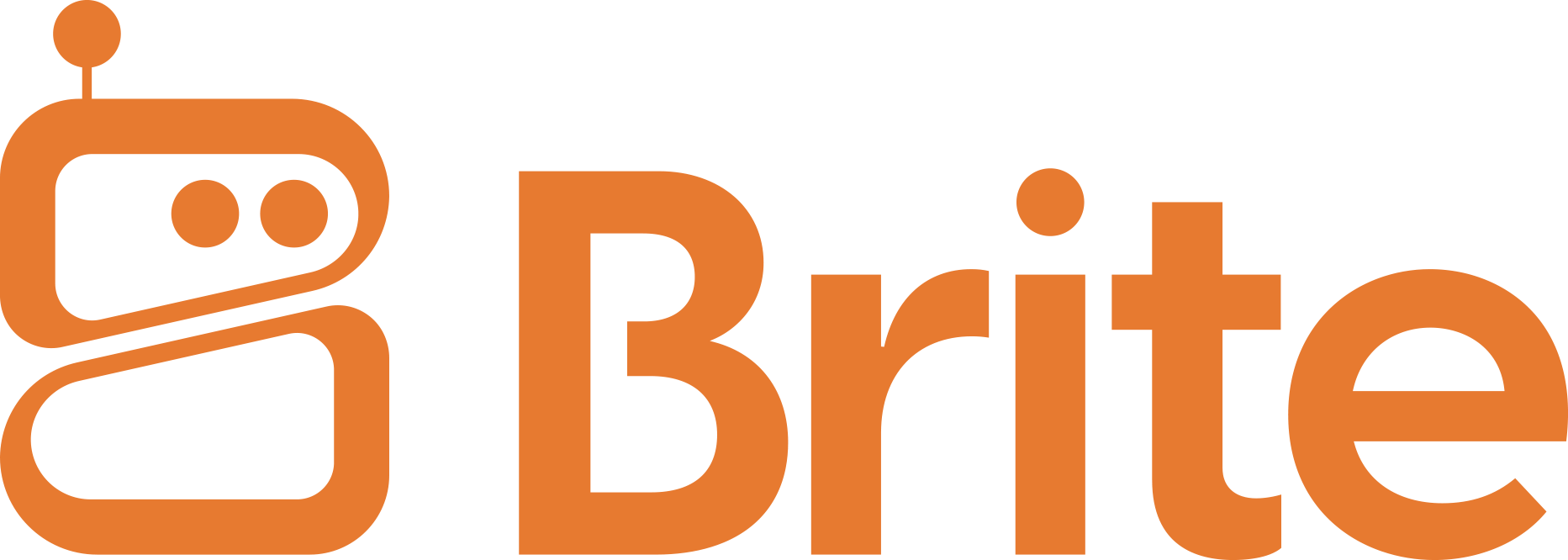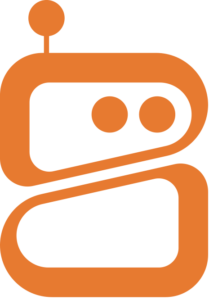7 HR Tools Every Team Needs & How to Choose the Right Ones

7 HR Tools Every Team Needs & How to Choose the Right Ones
Reducing time spent on calculating payroll, reminding you of a coworker’s birthday, or just giving you a handy summary of your team’s performance—this is what HR tools are here for.
HR tech tools simplify administrative tasks, automate tasks, increase productivity, and help you manage your workforce more effectively.
In this article, we’ll explore the seven types of HR tools every team needs and guide you on how to choose the ones that best align with your current goals and challenges.
What Are HR Tools?
HR tools refer to a wide range of software and technologies designed to simplify and automate core HR operations and other business functions.
Businesses like yours rely on these tools to manage their workforce efficiently while optimizing resources.
HR tools cover a variety of needs. From payroll management and attendance tracking to performance management, there is a tool for every need.
There are two primary types of HR tools: cloud-based and on-premises. Today, most organizations prefer cloud-based solutions because they are easier to implement, scalable, customizable, and often more cost-effective.
So, let’s get into the essential HR tools companies need and why they matter!
7 Types of HR tools you should consider & why
1. HR management
The backbone of HR technology, an HR management tool, often referred to as an HRIS (Human Resource Information System), serves as a centralized database for all employee data and HR-related processes.
- What it does: Manages payroll, benefits, compliance, and other essential functions in one place.
- Why it matters: An HRIS eliminates the chaos of scattered spreadsheets, providing a single source of truth to store, organize, and track critical information efficiently.
2. Recruitment and hiring
Tools like Applicant Tracking Systems (ATS) simplify and automate the recruitment and hiring process.
What it does: Posts job openings across multiple platforms, automated resume screening based on predefined criteria, ranks qualified candidates, and manages interview schedules and communications.
Why it matters: ATS tools save time, reduce hiring costs, and ensure you don’t miss out on top talent.
3. Performance management
With performance management tools, you can easily track, measure, and evaluate employee performance. This helps you continuously optimize your team’s performance and improve employee recognition.
Typically, performance management software includes goal setting, KPIs tracking, performance analytics, and 360-degree reviews.
Why it matters:
These tools transform performance evaluations into actionable insights to help you identify your team’s strength and areas for improvement.
4. Time and attendance tracking
Time and attendance tracking tools eliminate the need for manual timesheets by providing real-time data. These tools handle everything from clock-ins and overtime tracking to managing leave requests and absences.
Why it matters: These tools ensure accurate attendance data, give you a clear view of your team’s availability, and automate payroll calculations.
5. Payroll management
Payroll is one of the most complex HR functions. However, payroll tools simplify it by automating salary calculations, tax deductions, and compliance requirements.
Why it matters: They reduce errors, ensure on-time payments every month, and reduce the burden on HR teams.
6. Learning and development (L&D)
L&D tools help you develop your employees’ skills more easily. They provide online training, help you track progress, and offer certifications.
Why it matters: They make learning and development more accessible, efficient, and easy to scale.
7. Employee self-service (ESS)
ESS tools enable employees to access and update their personal data, request time off, and find answers to their recurring questions without needing HR intervention.
Why it matters: They save HR teams’ time and energy, improve transparency, and enhance the overall employee experience.
How to choose HR tools that fit your needs and budget in 4 steps
Define and prioritize your needs
To choose the right HR tool, focus on addressing your team’s most pressing challenges first.
First, start by asking: What’s taking up most of your time? For example:
- If payroll processing takes up most of your time, a payroll management system should be your top priority.
- If hiring delays are holding you back, consider an applicant tracking system (ATS) to streamline recruitment.
By tackling these urgent needs first, you create quick wins for your organization.
Keep scalability in mind
When selecting HR tools, it’s important to think beyond your current needs. Your business will grow, and so will your workforce. As such, your tools should grow with you.
Here’s how to determine if tools are scalable:
- Customization: Does the tool allow you to add new features or integrate with other software as your needs evolve?
- Capacity: Can the platform handle a larger number of employees or expanded operations without compromising performance?
- Cloud-Based Solutions: Cloud platforms are usually more scalable and easier to update than on-premise software.
Look for user-friendly options
In addition to scalability, user-friendliness is equally critical. A tool may have all the features in the world, but if it’s too complicated, your team won’t use it effectively.
- Look for software that is easy setup, tutorials, and strong customer support.
- Go for tools with intuitive interfaces and user experiences that don’t need deep technical skills.
- Consider tools that can be accessed through smartphones or have a mobile app.
Explore flexible pricing plans
HR tools are an investment, but they don’t have to break your budget. Many platforms offer flexible pricing models that cater to businesses of all sizes.
Here’s how to navigate pricing:
- Start with essentials: Prioritize tools that solve critical challenges and expand your investment as your budget allows.
- Check for hidden costs: Look out for additional fees, such as implementation, training, or support charges, which could increase the total cost.
- Explore bundles: Some providers offer HR suites that combine multiple functions, like payroll, performance management, and time tracking at a lower cost than purchasing separate tools.

